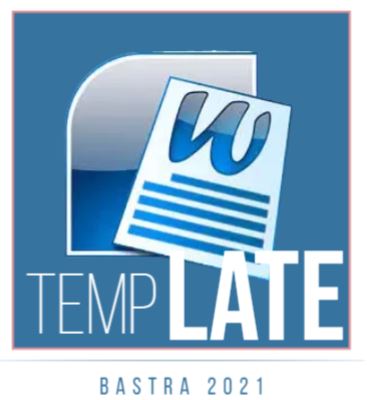MEKANISME PERTAHANAN KECEMASAN TOKOH SUPARNI DALAM NOVEL BADUT OYEN KARYA MARISA JAYA DKK. (KAJIAN PSIKOANALISIS)
Keywords:
anxiety, a defense mechanism, the psychoanalytic literatureAbstract
The focus of this study to describe the defense mechanisms of anxiety Suparni character in the Novel Badut Oyen by Marisa et al. This study is a qualitative research approach to literary psychoanalysis. The data source of this research is Novel Badut Oyen by Marisa et al. Data research in the form of sentences and paragraphs fragment. Data collection techniques in this study is documentation techniques. Data analysis techniques using interactive methods Miles Huberman.The results showed anxiety Suparni character in the Novel Badut Oyen by Marisa et al. include: The defense mechanism of anxiety Suparni Novel Badut Oyen by Marisa et al. include: (A) repression, when Suparni know that Oyen prefer Ratna; (B) sublimation when Suparni confront the ghosts Oyen who want to avenge his death; (C) projections do Suparni to Syamsul, villagers, Ratna, and Oyen; (D) the transfer is done Suparni to object objects such as glassware, table and to Syamsul and Rudi; (E) rationalization carried Suparni when believing spirits Oyen Oyen missed him and could not have killed him; (F) formation reaction do Suparni when dialogue with Iryanto that Suparni claimed not to know the news as well as the killing of terror ghost Oyen, Syamsul and Rudi; (G) regression performed Suparni when invited Oyen pray, think, and look positively disaster; (H) isolation done Suparni by constantly endure at home Oyen; (I) the intellectualization do Suparni by trying to shift the object of allegations of murder to murder locations Syamsul and smoothed to remove any trace; (J) undoing do Suparni form of physical behavior and nonphysical behavior that is repeated.
Downloads
Published
How to Cite
Issue
Section
License
Authors who publish with PENTAS agree to the following terms:
Authors retain copyright and grant the Engagement right of first publication with the work simultaneously licensed under a Creative Commons Attribution License (CC BY-SA 4.0) that allows others to share (copy and redistribute the material in any medium or format) and adapt (remix, transform, and build upon the material) the work for any purpose, even commercially with an acknowledgement of the work's authorship and initial publication in BASTRA.
Authors are able to enter into separate, additional contractual arrangements for the non-exclusive distribution of the journal's published version of the work (e.g., post it to an institutional repository or publish it in a book), with an acknowledgement of its initial publication in BASTRA.
Authors are permitted and encouraged to post their work online (e.g., in institutional repositories or on their website) prior to and during the submission process, as it can lead to productive exchanges, as well as earlier and greater citation of published work (See The Effect of Open Access).

This work is licensed under a Creative Commons Attribution-ShareAlike 4.0 International License.








